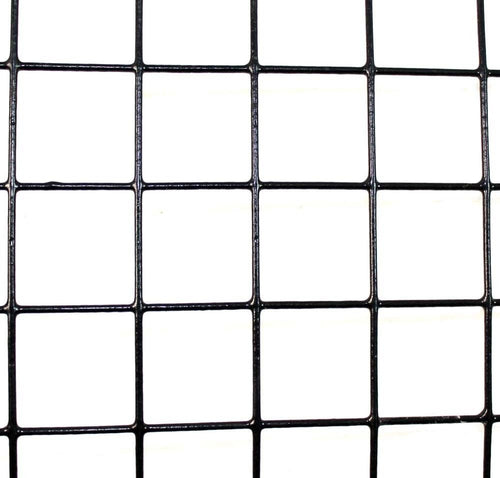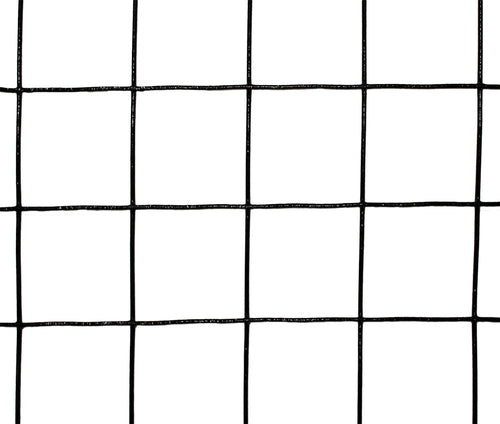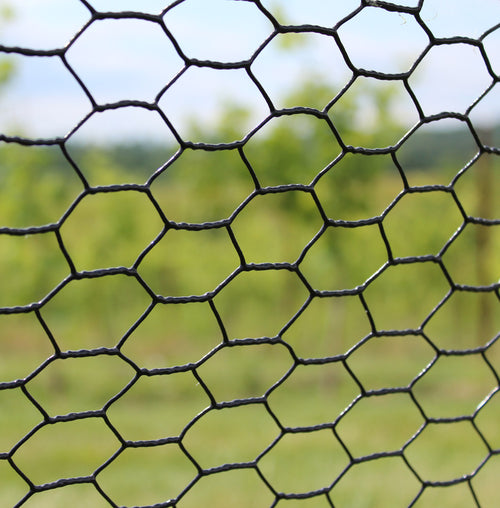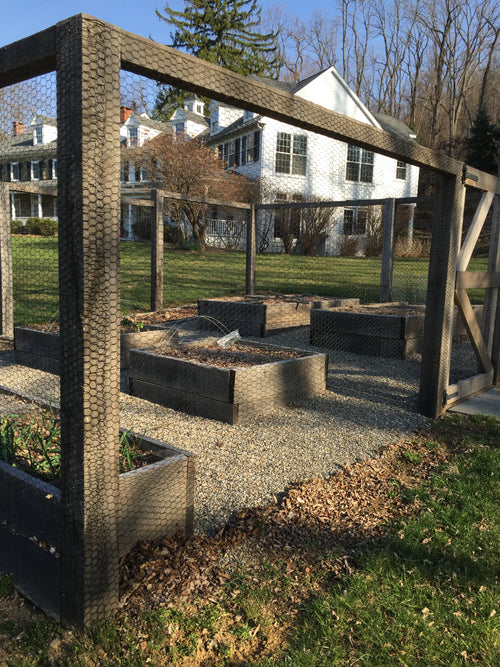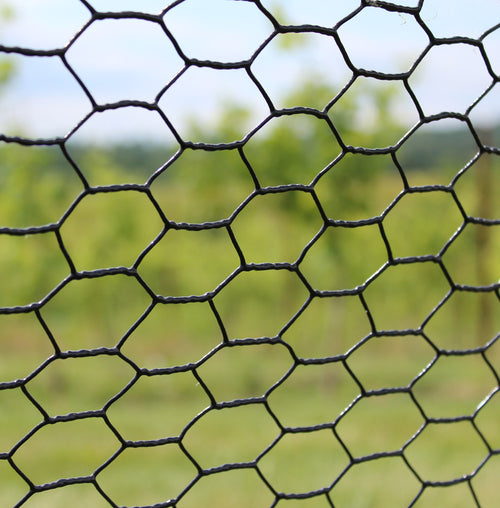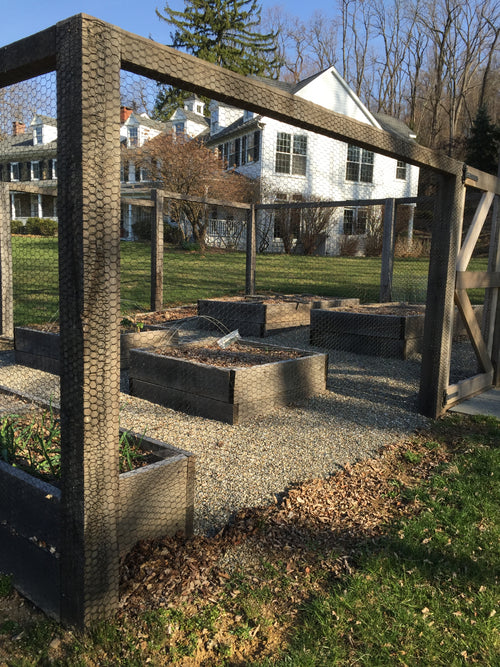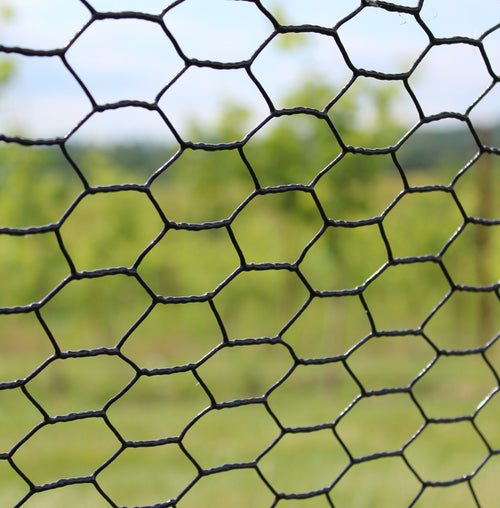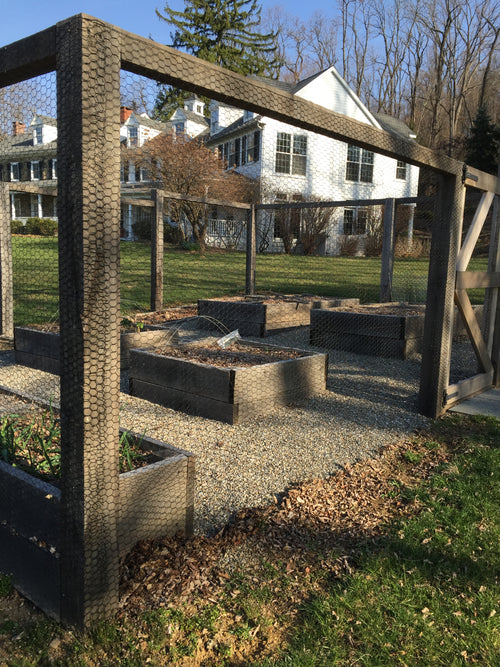Rabbits, Ground Hogs and Skunks

Second to deer, gardeners complain about critter damage in vegetable gardens from rabbits, skunks and groundhogs.
Rabbits
Don't give in to those floppy ears and bushy tail, rabbits are not as innocent as we think. Rabbits and bunnies are the second most complained about animal behind white-tailed deer and will use 'scissor action' teething methods to reach veggies. While rabbits are primarily leaf-eaters, they will not say 'no' to eating broccoli, celery, cilantro and collard greens. They also like sweet tasting flowers and plants including maple, hydrangeas, lilies and apples.
The teeth on rabbits grow 3-5" annually; and to trim teeth and deal with the pain, bunnies gnaw on hard surfaces such as fences. To make matters worse, bunnies tend to burrow underneath fences to reach gardens and to avoid predatory attacks. This is why plastic fences will not do. They simply are not strong enough to stand up against the 'scissor action.'
While rabbits can jump 2-3 feet high, they will most likely burrow underneath fences. This is why gardeners need a metal rabbit fence to prevent crop damage. Furthermore, gardeners will need to trench the fence at least 6-12 inches into the ground to deter rabbits from burrowing underneath the garden fence.
 In addition to a metal rodent barrier fence, gardeners can plant rabbit-resistant plants that rabbits hate eating including: leek, geraniums, tomatoes, potatoes, and onions.
In addition to a metal rodent barrier fence, gardeners can plant rabbit-resistant plants that rabbits hate eating including: leek, geraniums, tomatoes, potatoes, and onions.
Groundhogs
Groundhogs are destructive garden pests that also use teeth scissor action to chew through fencing and eat flowers. Because of their poor eyesight, they create tunnel systems to reach flowerbeds and to avoid predators. This makes it rather difficult for gardeners to stop the agricultural damage caused by the groundhog.
For groundhog fencing, the above part of the metal rodent fence can stand in heights of 2-3' foot tall but the steel fence will need to be trenched at least 12-24 inches into the ground to deter groundhogs from digging underneath the fence.
 While fencing is the most humane method for controlling groundhog damage in gardens, it is not a fool-proof method against their damage.
While fencing is the most humane method for controlling groundhog damage in gardens, it is not a fool-proof method against their damage.
Skunks
The stinkiest wildlife animal, the skunk omits a foul odor as a warning to predators. The skunk is the cousin of the ground hog and chooses to dig for food rather than burrow or jump. Like the groundhog, skunks cannot climb high (18" inches at most); so, they choose to dig underneath fences to cause the most damage to plants.
Once plants are established, skunks are generally not a problem. However, skunks will eat up anything they can uproot.

